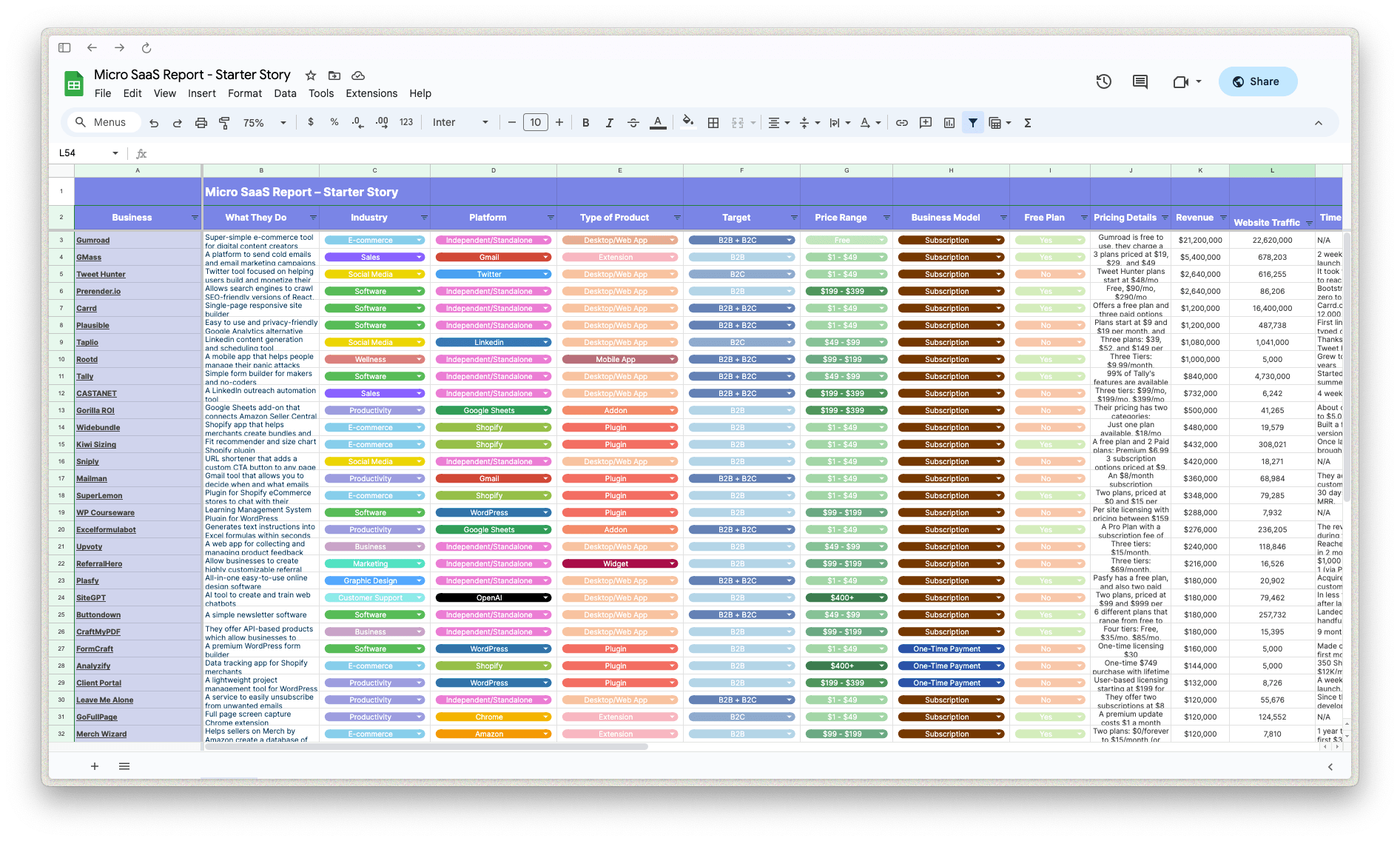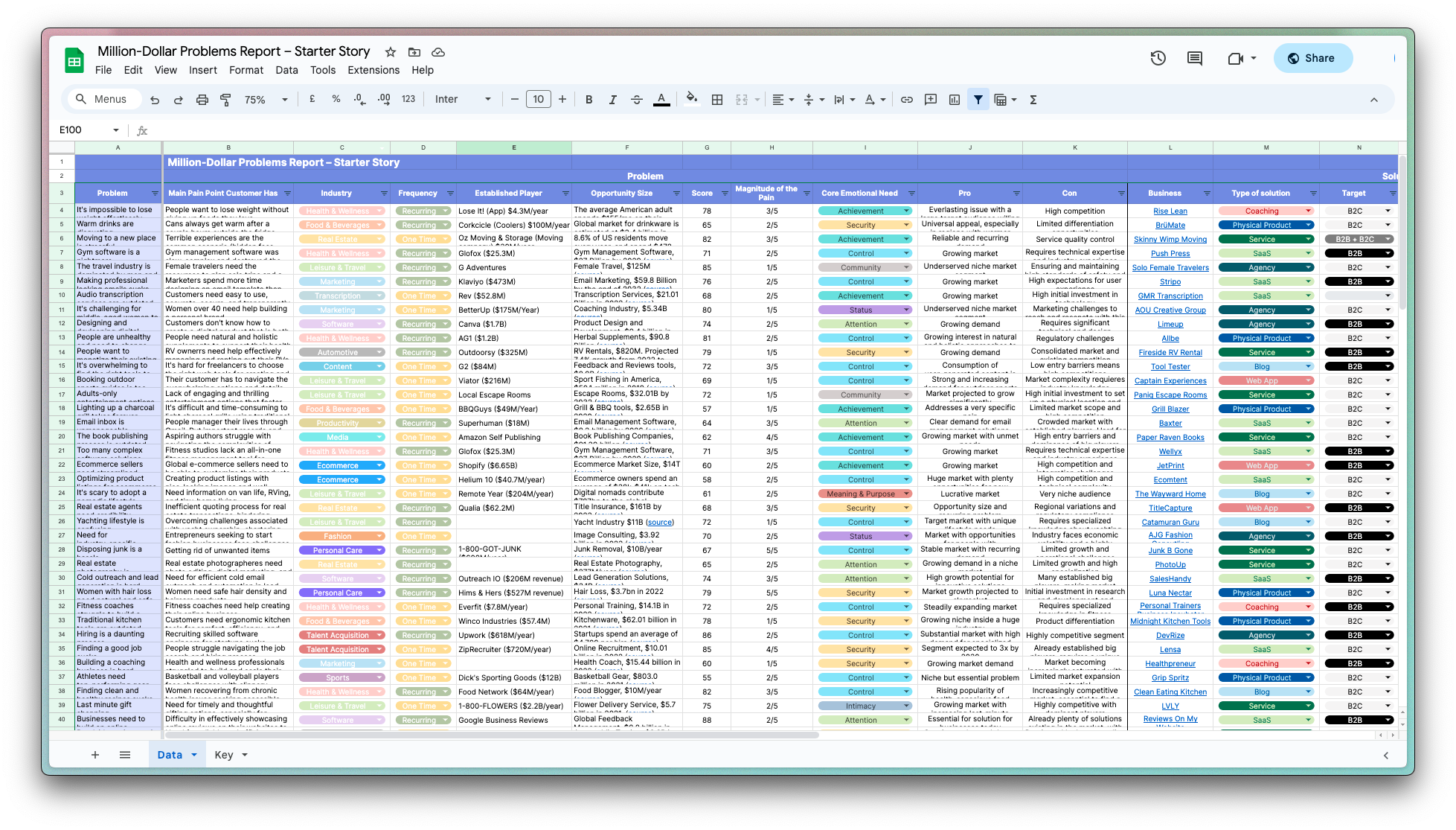How We Got 5,000 Users On Our AI Note-Taking App
Who are you and what business did you start?
We are the founding team behind Yung Sidekick, and I serve as co-founder and CEO. Our SaaS platform lets mental-health clinicians record a session, then automatically produces precise clinical notes while flagging early markers of depression, anxiety, and disengagement straight from the audio. We were among the first movers in this niche and still direct an unusually large slice of our funding into R&D to keep a technical edge. To date we have processed more than 135,000 therapy sessions and attracted over five thousand registered clinicians. We do not disclose revenue figures.
How do you come up with the idea for Yung Sidekick?
The idea surfaced while we were experimenting with self-help programs driven by minimal therapist input. During therapist interviews somebody casually mentioned that documentation swallowed absurd amounts of their time, so we started to ask more therapists whether that matched their reality; every single one confirmed the pain without prompting. One practitioner even asked if we had a job opening because she wanted to quit feeling burned out because of paperwork. That validation pushed us to shelve the self-help angle and tackle note taking head-on....

Download the report and join our email newsletter packed with business ideas and money-making opportunities, backed by real-life case studies.

Download the report and join our email newsletter packed with business ideas and money-making opportunities, backed by real-life case studies.

Download the report and join our email newsletter packed with business ideas and money-making opportunities, backed by real-life case studies.

Download the report and join our email newsletter packed with business ideas and money-making opportunities, backed by real-life case studies.

Download the report and join our email newsletter packed with business ideas and money-making opportunities, backed by real-life case studies.

Download the report and join our email newsletter packed with business ideas and money-making opportunities, backed by real-life case studies.

Download the report and join our email newsletter packed with business ideas and money-making opportunities, backed by real-life case studies.

Download the report and join our email newsletter packed with business ideas and money-making opportunities, backed by real-life case studies.









